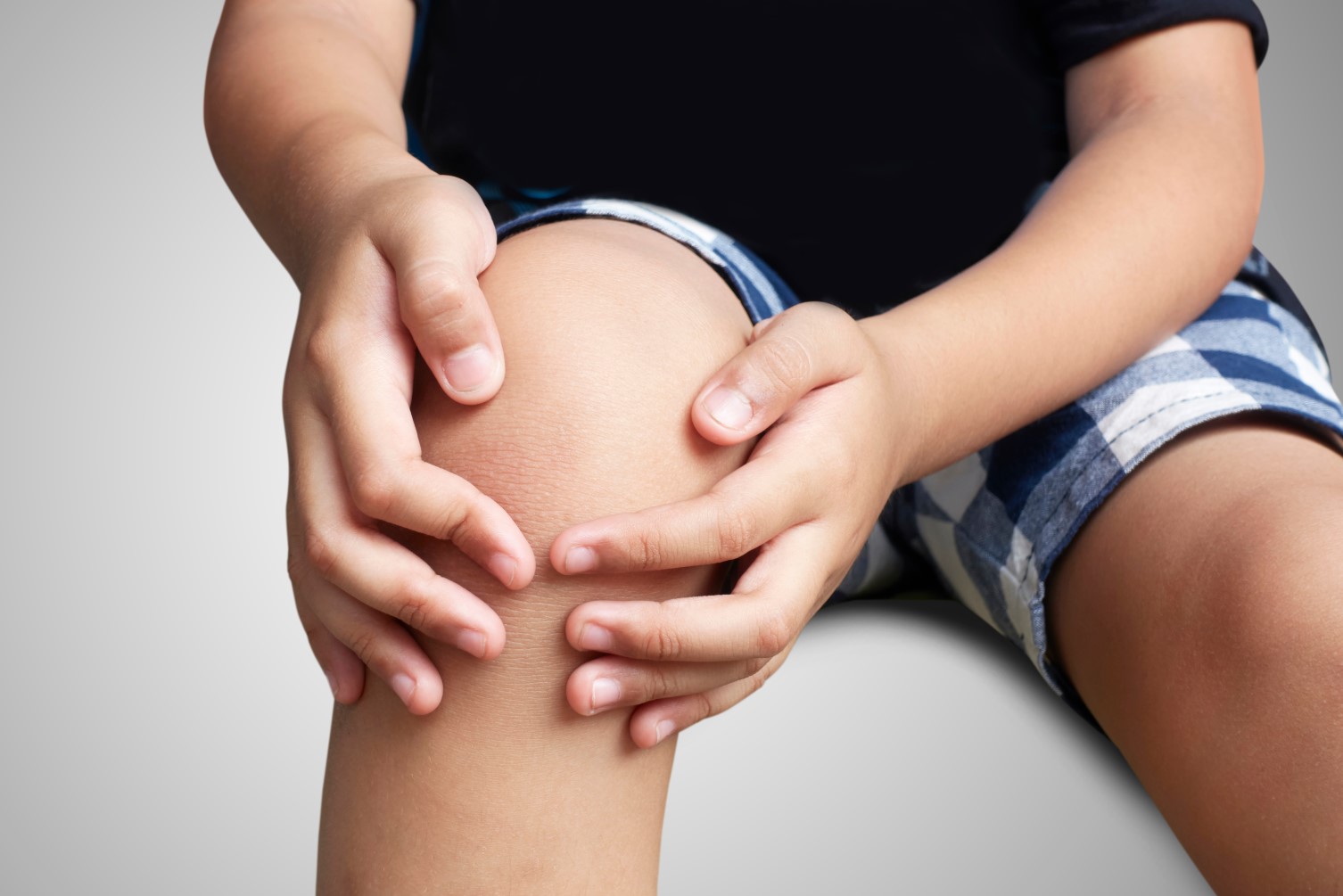
As your baby turns into a toddler and starts to learn to walk, you’ll notice the shape of their legs change over time. It’s very common for children to have knock knees, along with similar conditions like bow legs.
Knock knees are a natural part of your child’s development, as they grow older and their leg shape gradually straightens out. It often happens just after they grow out of bow legs, which is usually around the age of two or three (if not before).
As a parent, it’s only natural to be concerned about knock knees and whether they’ll persist into older childhood and adulthood.
Read on to find out more about whether knock knees go away on their own, and treatment options if they don’t. You might also want to check out our helpful guide to ‘What are knocked knees?’
The vast majority of children grow out of knock knees on their own, usually by around the age of seven years old. So, you don’t need to be worried about whether it’s a permanent or worsening issue. All you need to do is keep an eye on how your child develops and be patient.
Knock knees don’t usually cause the affected child any pain or discomfort. They’ll walk, run and play as usual.
But if your child has complained of any pain, stiffness, swelling or discomfort (including at night), this could be a sign that you might need to consult a doctor about treatment options. Similarly, if you notice any of the following:
It’s a common misconception that corrective shoes or exercises can ‘fix’ knock knees in children. But it’s simply not necessary to wear special shoes or undergo treatment, not unless there’s pain or an underlying problem in need of medical attention.
That being said, it is very important to pay attention to your child’s foot health and development. This means having a healthy foot care regimen, which includes keeping feet clean and dry.
It’s also crucial to ensure that your child wears good quality shoes which fit properly and offer plenty of support. This will help the feet, ankles and legs to develop naturally, and prevent any other problems arising.
So in most children, knock knees are nothing to worry about, and they’ll grow out of it naturally by the age of around seven or so. But what should you do if the condition persists beyond this expected age range?
If your child is still experiencing knock knees in later childhood or they have pain, discomfort, an uneven gait or problems with walking - this is when you should consult a doctor. They may carry out an orthopaedic evaluation to try and identify whether there are any underlying issues. If so, you may be referred to a specialist for further tests to find out what might be causing it.
Your child’s doctor will also be able to give you information on potential treatment options. There are a few different ways that knock knees can be fixed, including physiotherapy or treatment from a podiatrist (foot specialist).
In rare cases, surgery may be recommended to straighten the legs and knees. As a parent, this sounds quite scary, but the procedure is actually quite simple and straightforward.
You should also bear in mind that children tend to heal more quickly than adults. This means that if all goes smoothly, they should be back on their feet in no time. In fact, they could be back to their usual levels of activity in as little as six months.
Your doctor will explain the risks and benefits of such a surgery, if indeed it’s required. But if your child is in pain or medical experts believe the issue isn’t likely to go away on its own, this could be the best route forward.
If knock knees persist into the child’s teenage years or adulthood, it can cause all kinds of pain, discomfort and walking problems. It’s much better to deal with the problem early, before it worsens.
Author: Click Consult, published 06-09-2023.